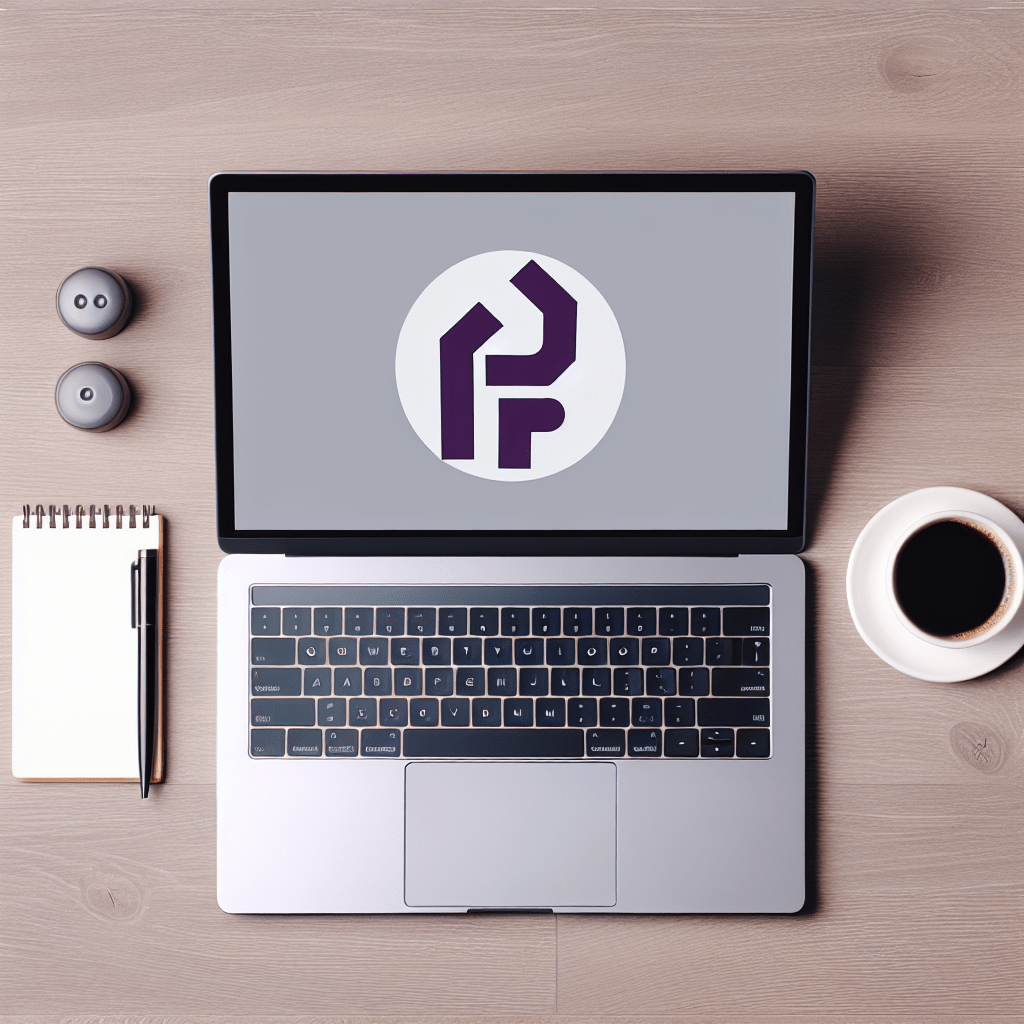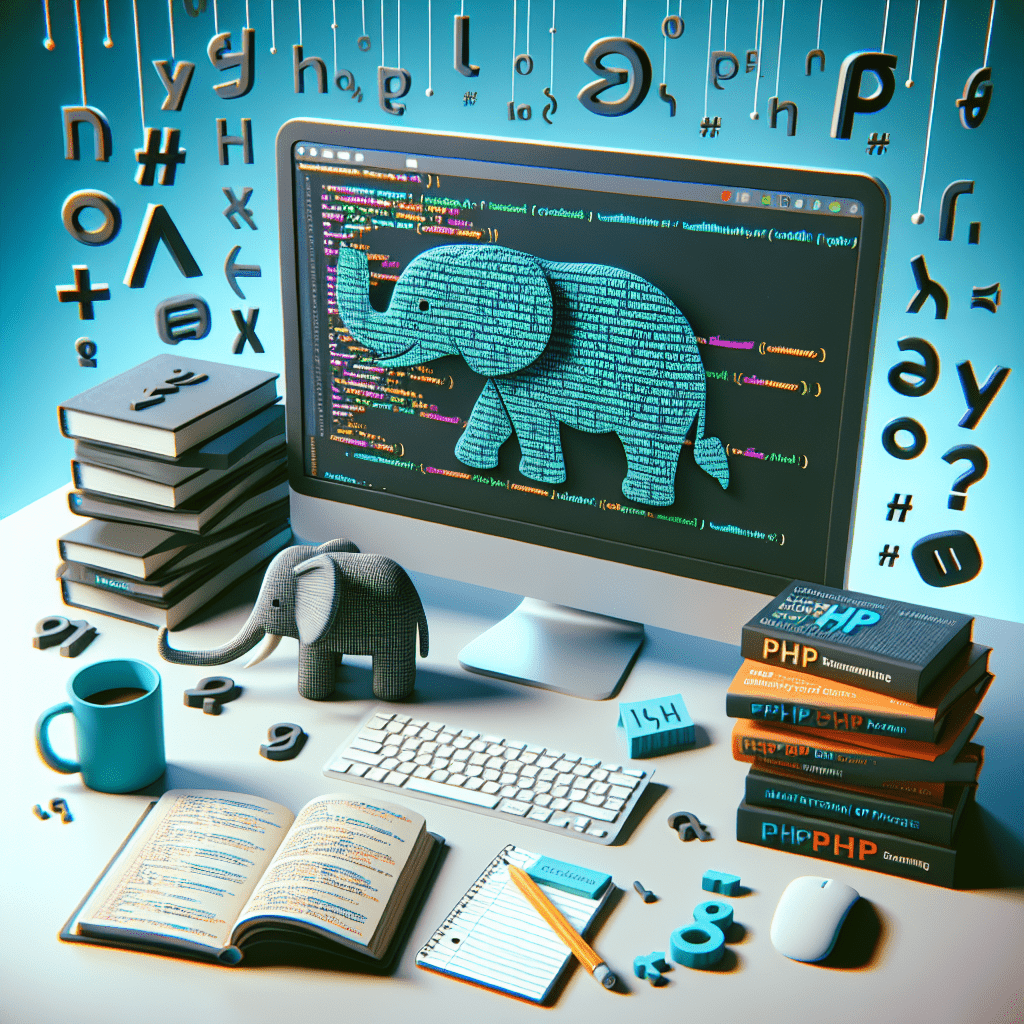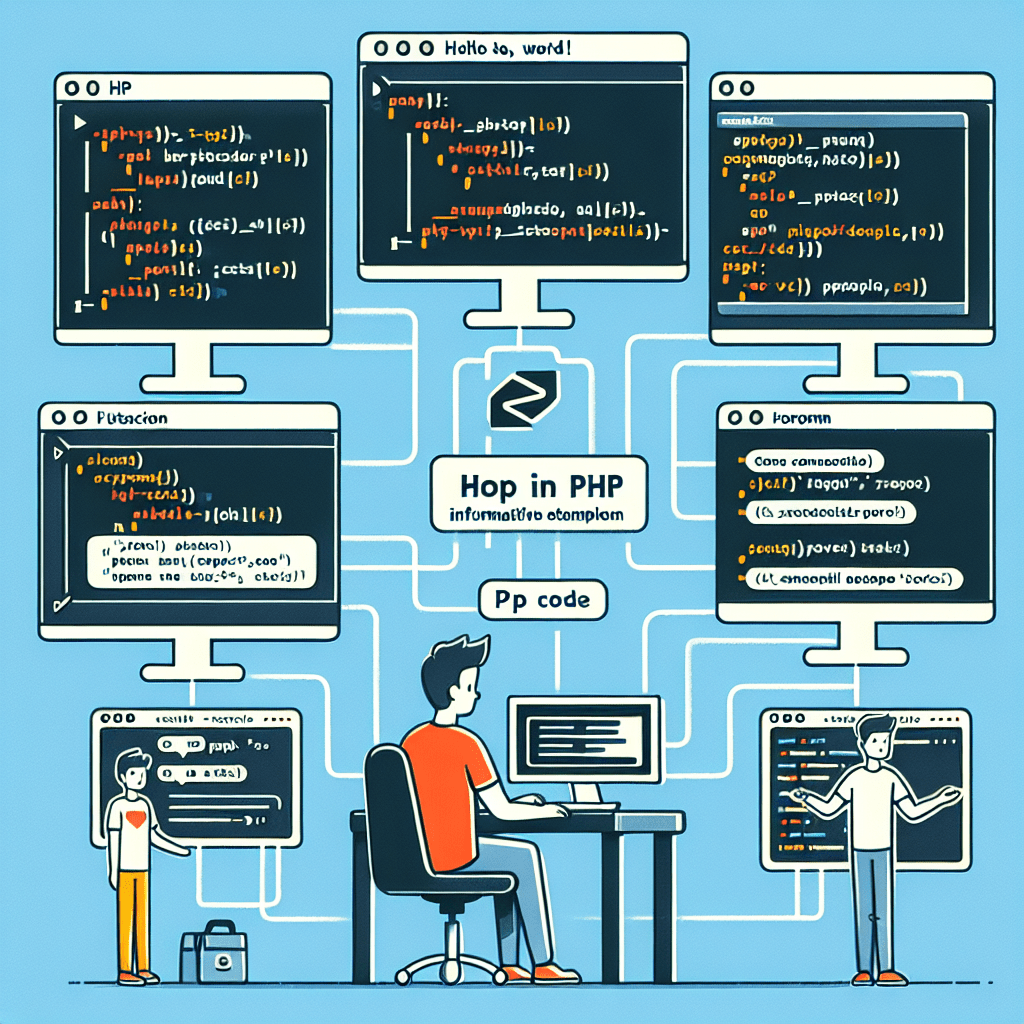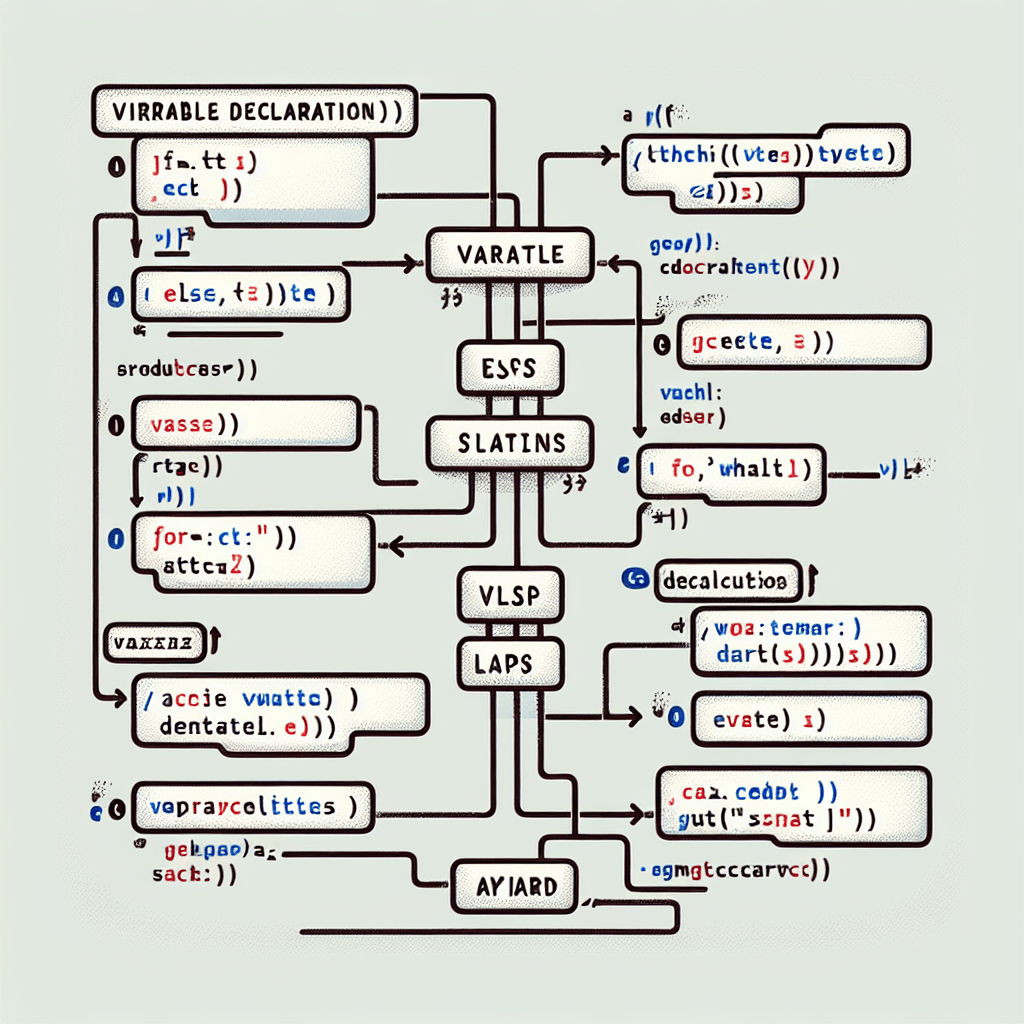Introduction
Presentation of the Two Programming Languages: Python and PHP
With the ever-evolving landscapes of data science and web development, choosing the right programming language is crucial. Two heavyweight contenders in this arena are unquestionably Python and PHP. Python, known for its clear syntax and readability, offers an open-source, object-oriented programming language versatile for a range of applications, from web and game development to data science and machine learning. On the other hand, PHP, also an open-source language, is specifically designed for server-side scripting and web development, making it a popular choice among web developers, particularly those utilizing PHP.
General Relevance and Application Areas of the Two
Both Python and PHP, while versatile in their application, excel in different areas of programming. Python, with libraries like NumPy and Pandas, has become indispensable in data science and AI projects. It’s praised for its simple and clean code, which reduces the complexity of programs, enhancing productivity. On the other hand, PHP is predominantly used in web development as it can be embedded directly into HTML code. Regardless of your goal, understanding these languages and their numerous features can make all the difference in your projects.
Mention of the Rationale and Significance for Comparing Python and PHP
Given the popularity and functionality of Python and PHP, a comparison between the two is beneficial, if not essential, to gain a deep understanding and make well-informed decisions about the right tool for any given task. This comparison aims not to establish superiority but to underline each language’s strengths and weaknesses in specific contexts, thereby helping you to navigate the landscape of web development and data analysis with relative ease. This comparison ultimately rests on the relevance of Python and PHP, which are both pivotal to modern web development and data science.

The Origin and Design Philosophy of Python and PHP
Contrast of Origin
Comparison of the Reasons Behind Their Creation
Comparison of Their Various Development Paths

Main Features and Applications of Python and PHP
Explanation of Python’s Features and Applications
Key Characteristics of the Language
Python is highly versatile and readable, with its syntax simplicity contributing to this readability. It supports multiple programming paradigms – object-oriented, procedural, and functional. Python’s syntax and command structure are straightforward, allowing for fast development cycles, and its standard library is robust and filled with reusable pieces of code for a variety of tasks.
Areas Where Python Excels
Python excels in areas of application like web and internet development, scientific computing, education, desktop GUIs, and software & game development. Its strength lies in its simplicity, flexibility, and easy-to-use data structures.
Noteworthy Applications of Python
Python is extensively utilized in trending areas such as data science, machine learning, artificial intelligence and network programming. Many top tech companies like Google, Facebook, and NASA use Python in their tech stacks due to its powerful libraries and toolkits.
Explanation of PHP’s Features and Applications
Key Characteristics of the Language
PHP, an acronym for “Hypertext Preprocessor,” is a server-side scripting language known for its impressive speed and simplicity in PHP web development. It can be embedded into HTML or used in combination with various web template systems and web frameworks.
Areas Where PHP Excels
When it comes to learning PHP online, one will find that PHP is specifically designed for web development, be it creating dynamic pages or working with server-side scripting. It excels in areas such as creating web-based applications, from small websites to large web portals.
Noteworthy Applications of PHP
PHP finds its glorious usage in fields like CMS development, e-commerce websites, creating web applications, image processing, and creating Facebook apps. The most common and crucial application is its server-side scripting capabilities which include generating dynamic page content, collecting form data, or sending and receiving cookies.
Comparison of Features and Applications
Similarities and Differences Between Python and PHP in terms of Features
Both Python and PHP are interpreted and dynamically typed languages. While their use in web services and web applications overlaps to an extent, each language’s unique features make them suitable for distinct tasks. Python’s prominence in quick scripting and data manipulation can’t be matched, whereas PHP shows up with easier web server integration, a larger user base for web development, and quicker load times.
Comparative Analysis on Where Each Language is Predominantly Used
In comparing their use, PHP is predominantly used in web development and server-side scripting, making it beneficial for building functional websites and servers. Python, being a general-purpose language, has been used with success in applications from web and game development to machine learning, AI, scientific computing, and academic research – areas that PHP is not typically used.

Analysis of Community Support and Future Prospects of These Two Languages
Understanding the Python Community
Size of the Community
The Python community is massive and globally spread, consisting of millions of developers. The community contributes to its development, growth, and continuous evolution. The widespread adoption of Python in various fields has made it one of the fastest-growing programming languages.
Resources and Support Available
Python’s sizable community ensures that there is a wealth of resources available for guidance, problem-solving, and skill development. There’s a myriad of tutorials, documentation, forums, and open-source projects available to help novices and experienced developers alike.
Future Direction and Enhancements in the Language
The future of Python is seemingly luminous owing to its growing adoption in data science and machine learning. With continuous additions of features and libraries related to AI and ML, the enhancement and evolution of Python are most likely to be in these areas.
Understanding the PHP Community
Size of the Community
PHP, like Python, also boasts a large international community. The PHP programming language is used by many developers to create dynamic web applications, resulting in a wide user base and strong community support.
Resources and Support Available
Learning resources for PHP for beginners and advanced programers are easily accessible. A vast number of online tutorials, PHP code examples, forums, blogs, and guides are available for developers. Web developers highly utilise these resources for learning PHP online.
Future Direction and Enhancements in the Language
The PHP language is sustainably powering a major portion of the web and is consistently updated with new features. Despite the rise of other languages, its user base remains strong. Its future enhancements may focus on improved security, speed, and reliability to remain competitive in server-side web development.
Comparative Analysis
Differences in Community Support for Python and PHP
While both have strong community support, the areas of focus are different. Python’s community is very diverse, given the general-purpose nature of the language, while PHP’s community primarily focuses on web development. Consequently, the resources available cater to these different audiences.
Prediction of their future directions and prospective enhancements
In predicting future directions, Python will likely continue its growth in data analytics and machine learning, maintaining its relevance in scientific computation sectors. PHP, on the other hand, will aim to continue its dominance in the server-side web development space with improvements in performance, security, and versatility for building innovative web solutions.

Conclusion
Reiterating the Core Differences Between Python and PHP
Throughout this analysis, the core differences between Python and PHP have been underscored. Python, with its clean syntax and multi-paradigm programming support, is preferred for general web development and particularly excels in the data science, AI, and machine learning arenas. On the other hand, PHP, primarily designed for creating dynamic web content and server-side scripting, has proven to be an ace in the field of web development and is extensively used for creating rich, robust and dynamic web solutions.
While Python emphasizes readability and simplicity, encouraging programmers to write fewer lines of code, PHP is mostly web-focused, excelling in server-side scripting and seamless HTML integration. Despite their differences, both Python and PHP have their own strengths and remain popular choices in the world of programming languages.
Reflection on Which Programming Language to Choose Based on Project Requirements and Individual Preferences
You might wonder how to choose between Python and PHP for your next project. The choice of Python or PHP largely depends on your project requirements and personal preferences. For instance, if your goal is to develop a dynamic website or web application rapidly, the PHP language with its strong integration to the web, rich libraries, and easy deployment may be more beneficial.
On the contrary, if your aim is to develop an application involving complex data manipulation, machine learning algorithms, or if readability and simplicity are your prime concerns, Python would be a more suitable choice. Both languages have their own dedicated communities providing a wealth of resources, hence learning either of the two dynamically typed languages should not be a challenge.
In conclusion, Python and PHP, each with its unique design philosophy, features, and applications, have made remarkable contributions to the world of programming and web development. Understanding their differences and strengths will hopefully guide you in choosing the most suitable language for your project needs and career enhancement.

Leave a Reply